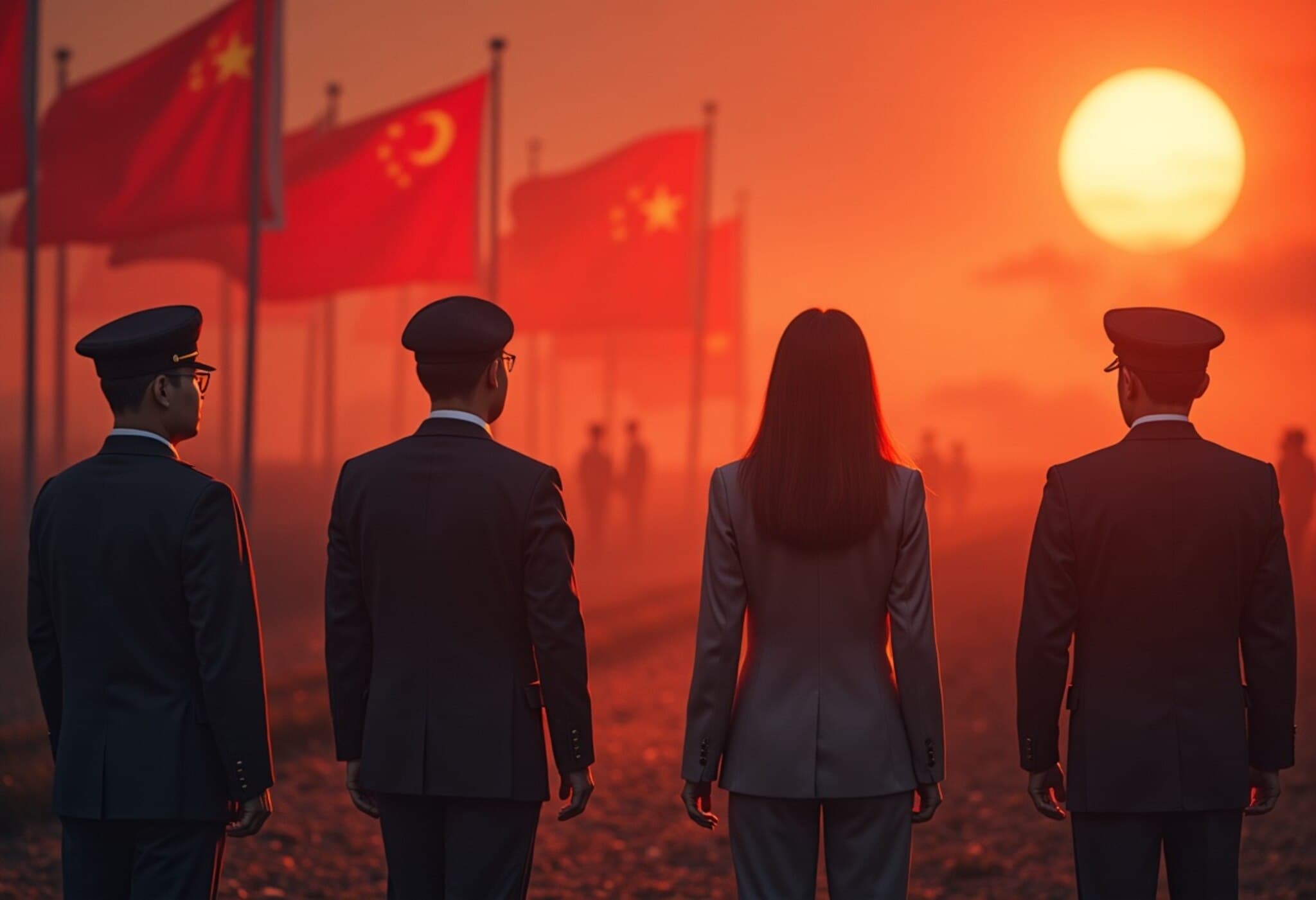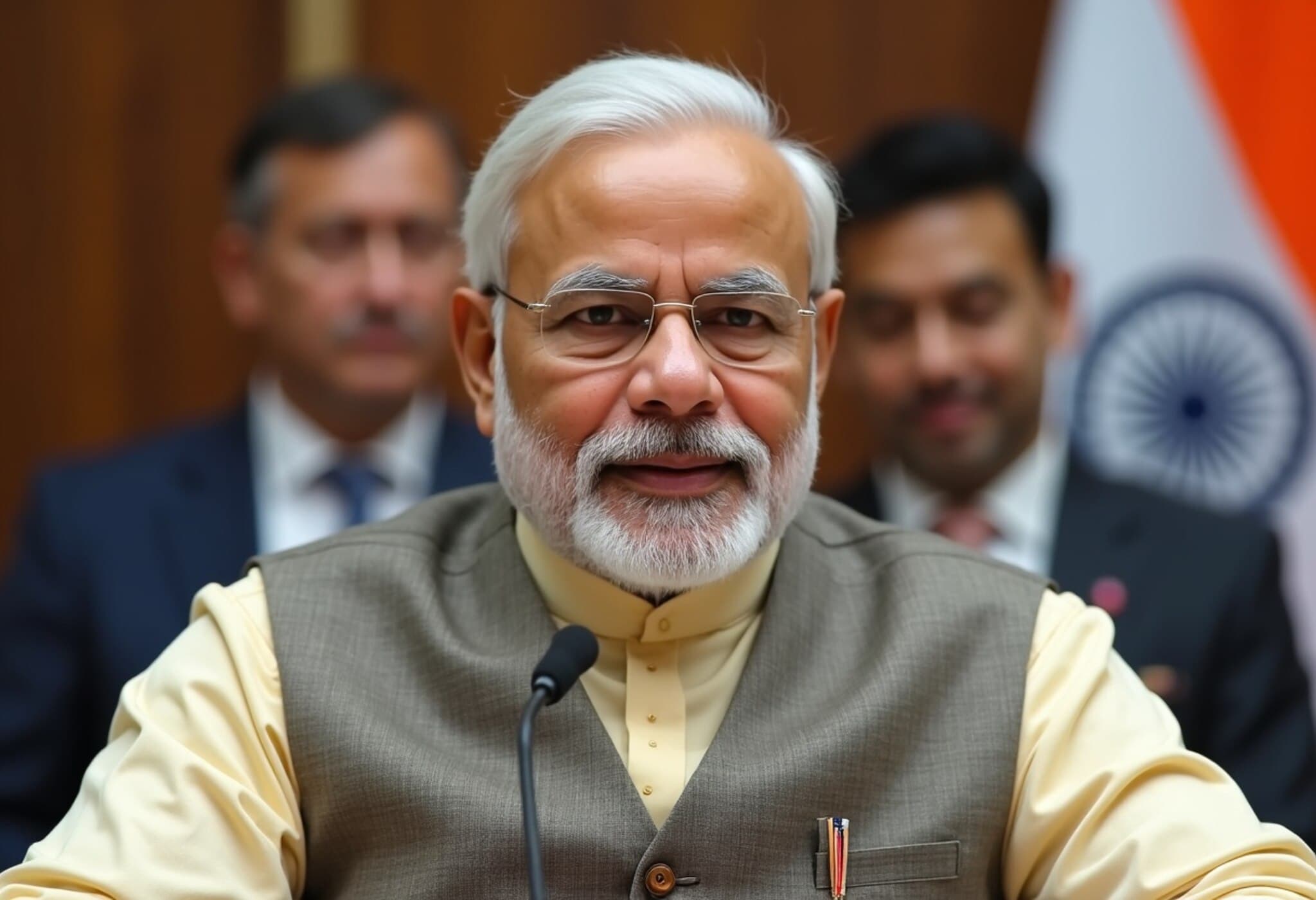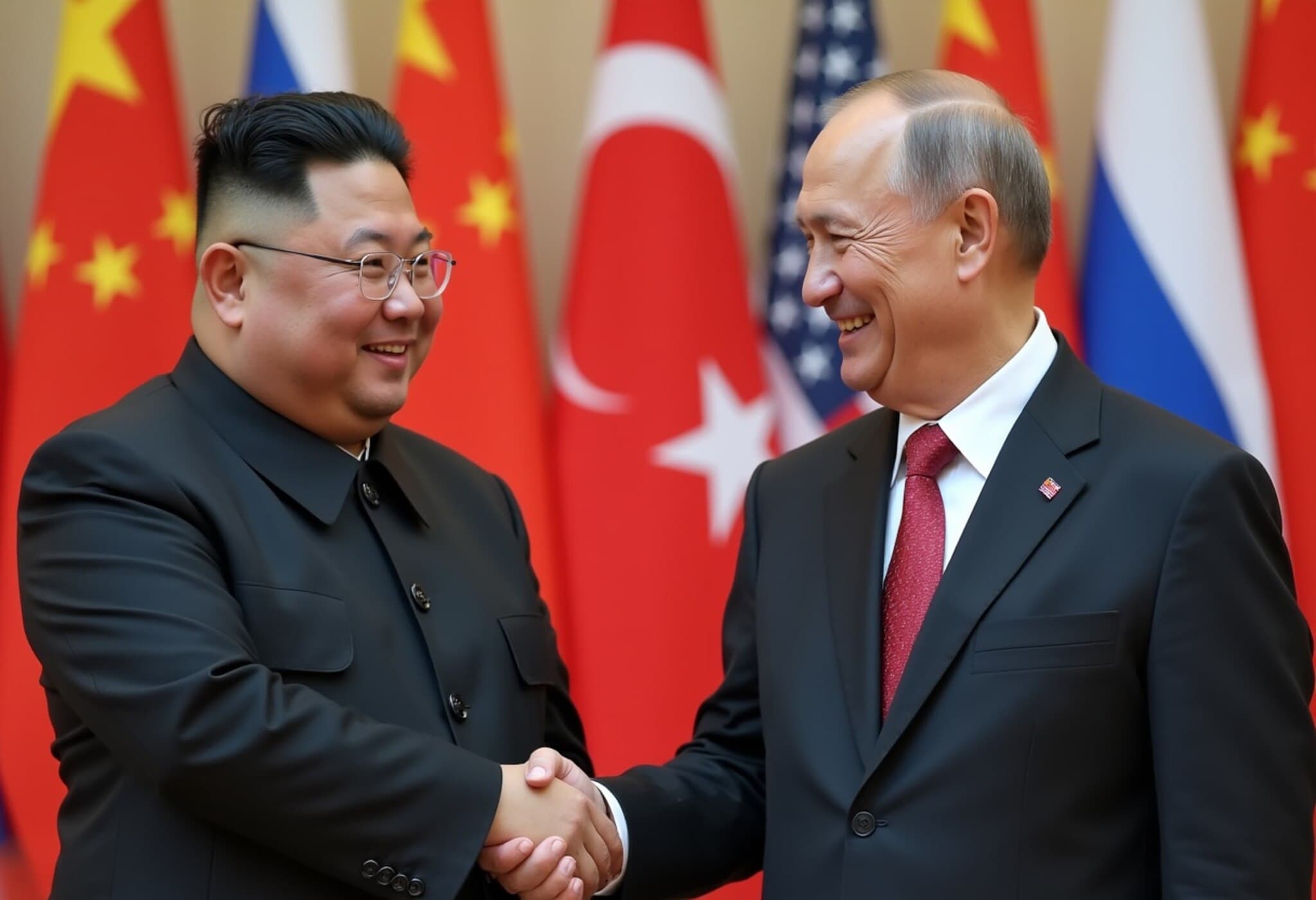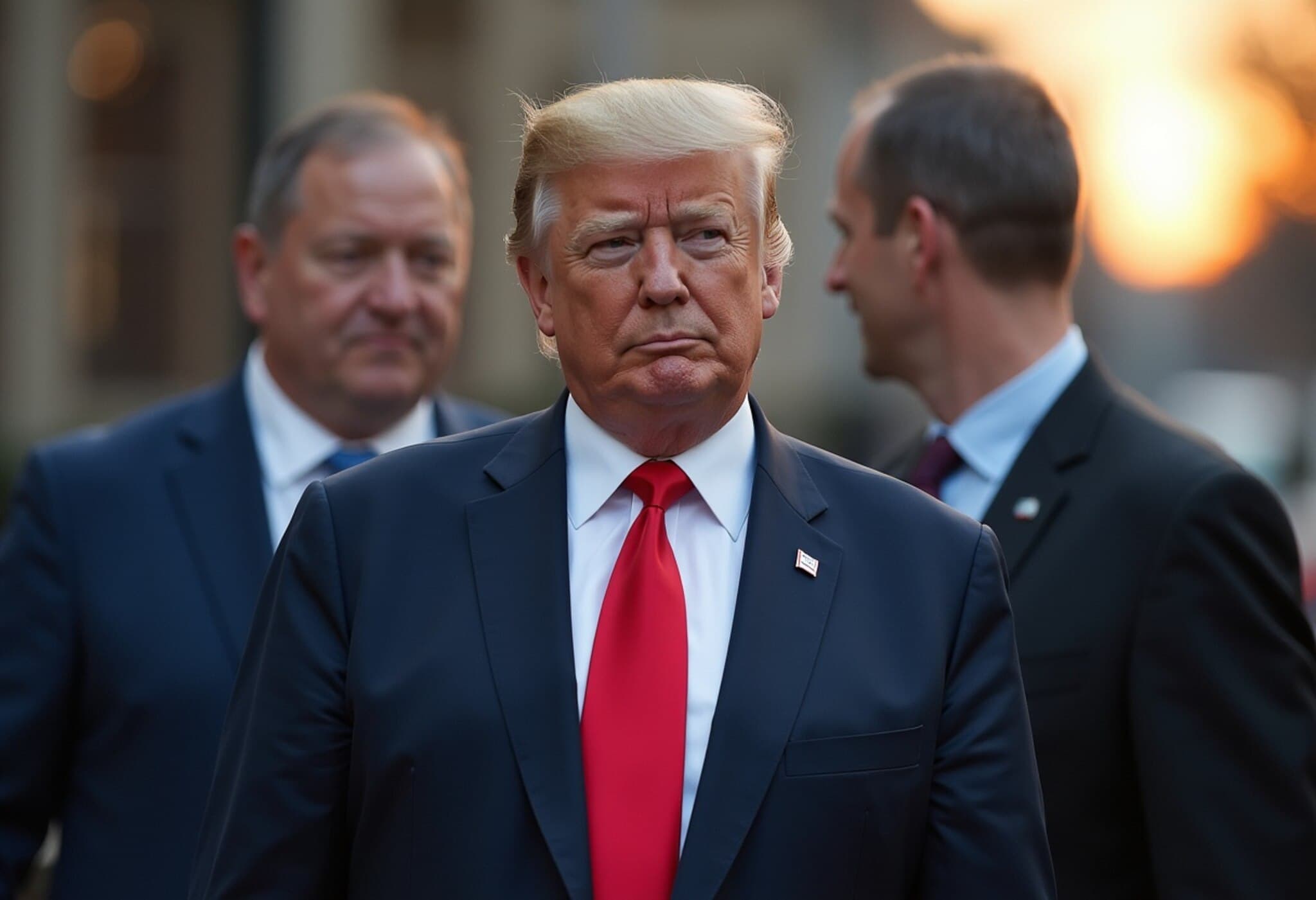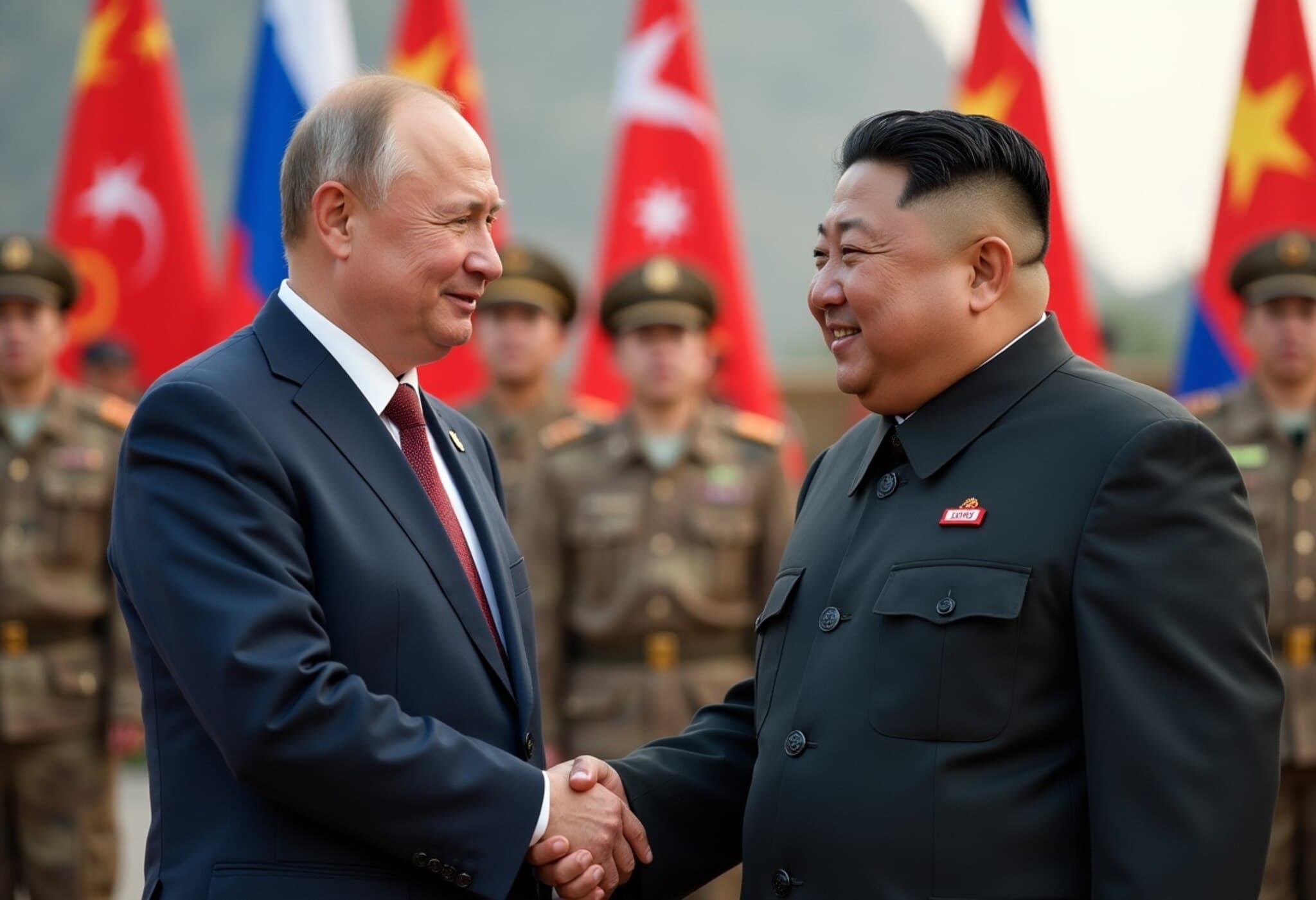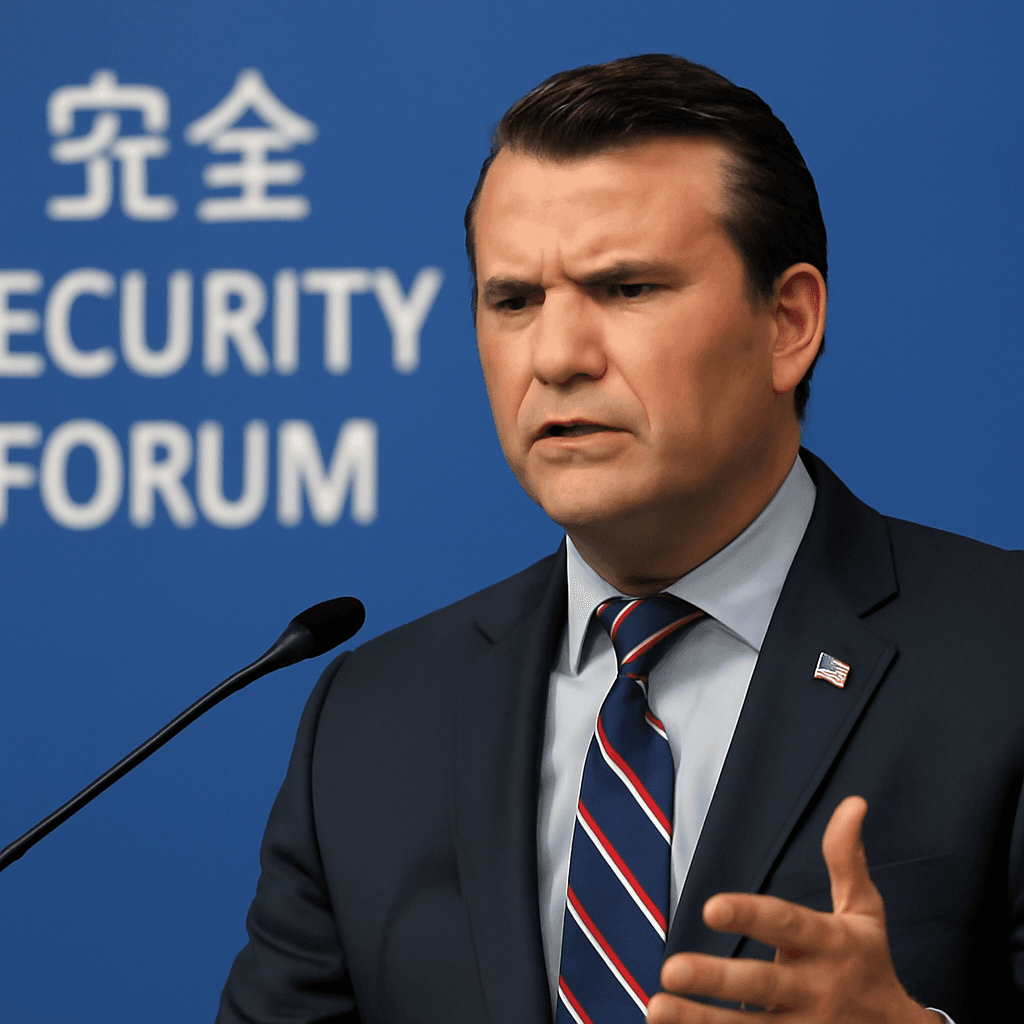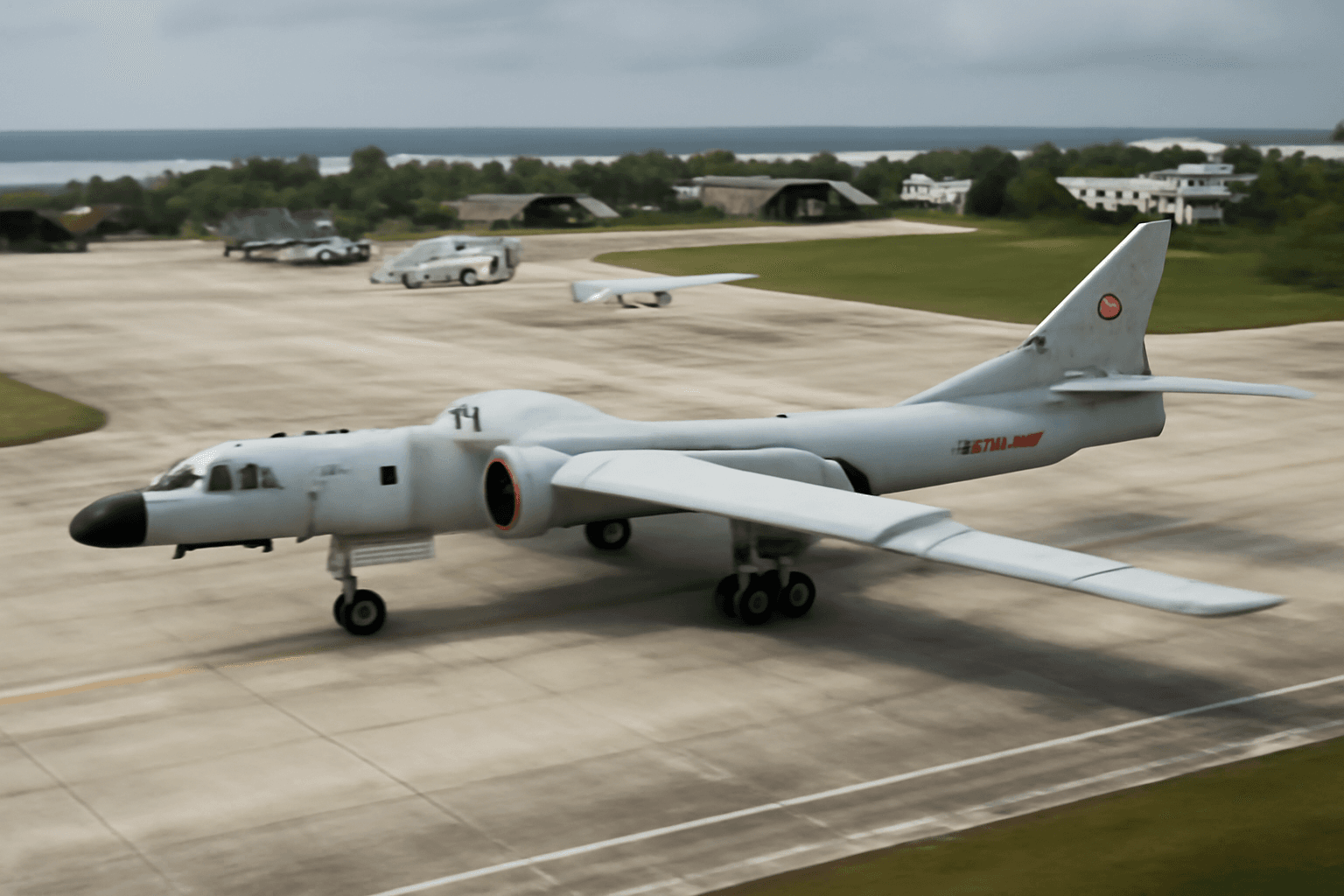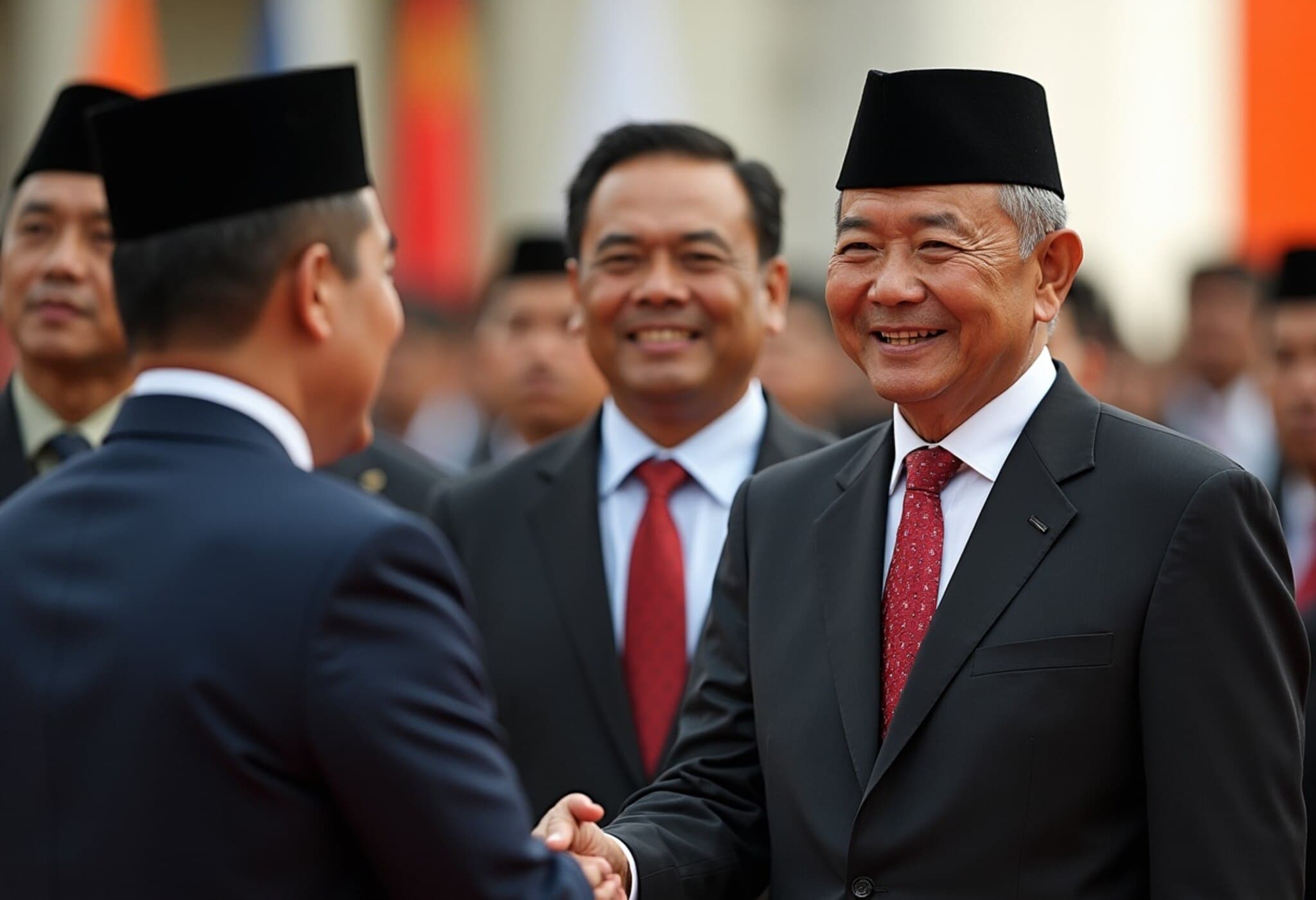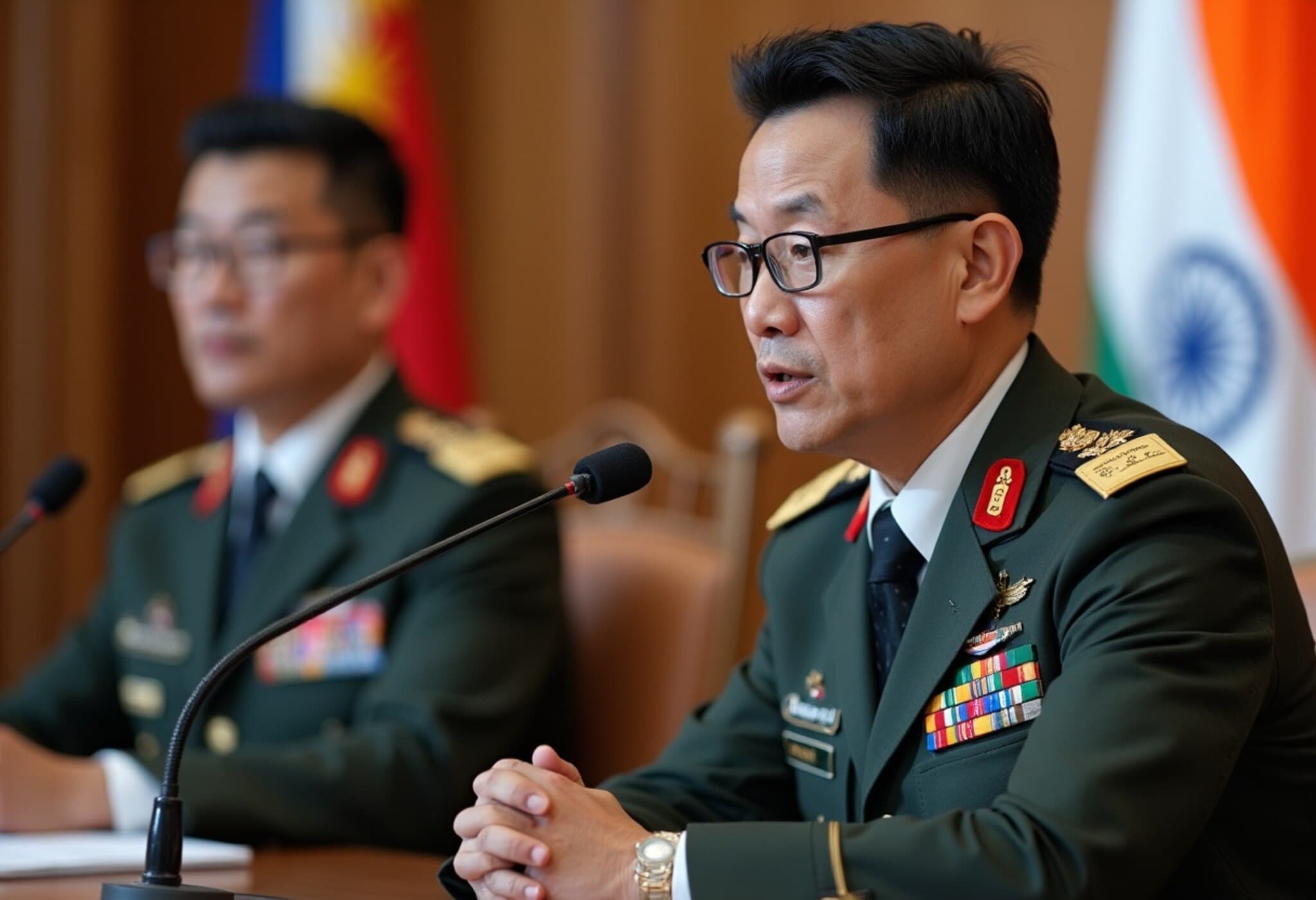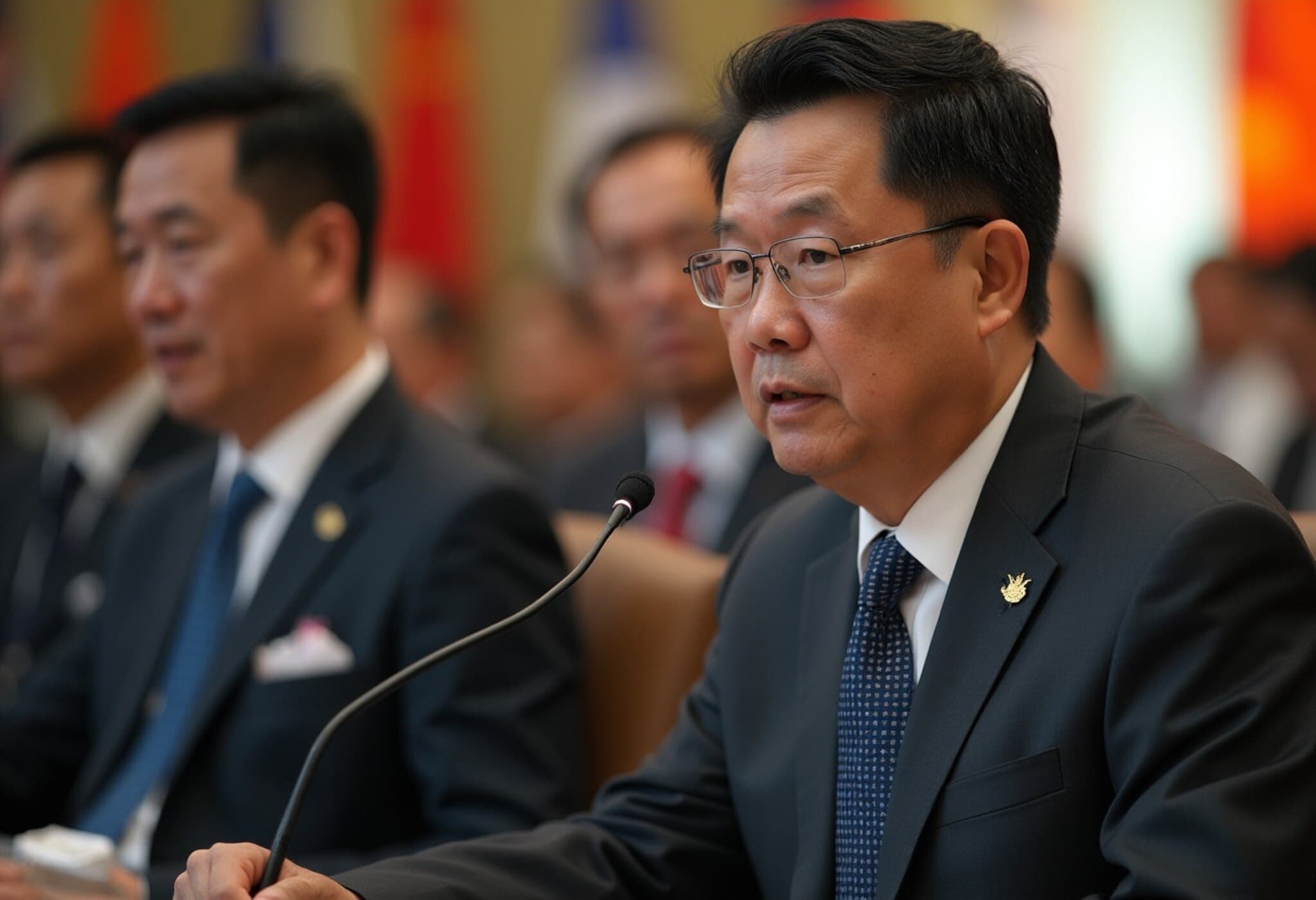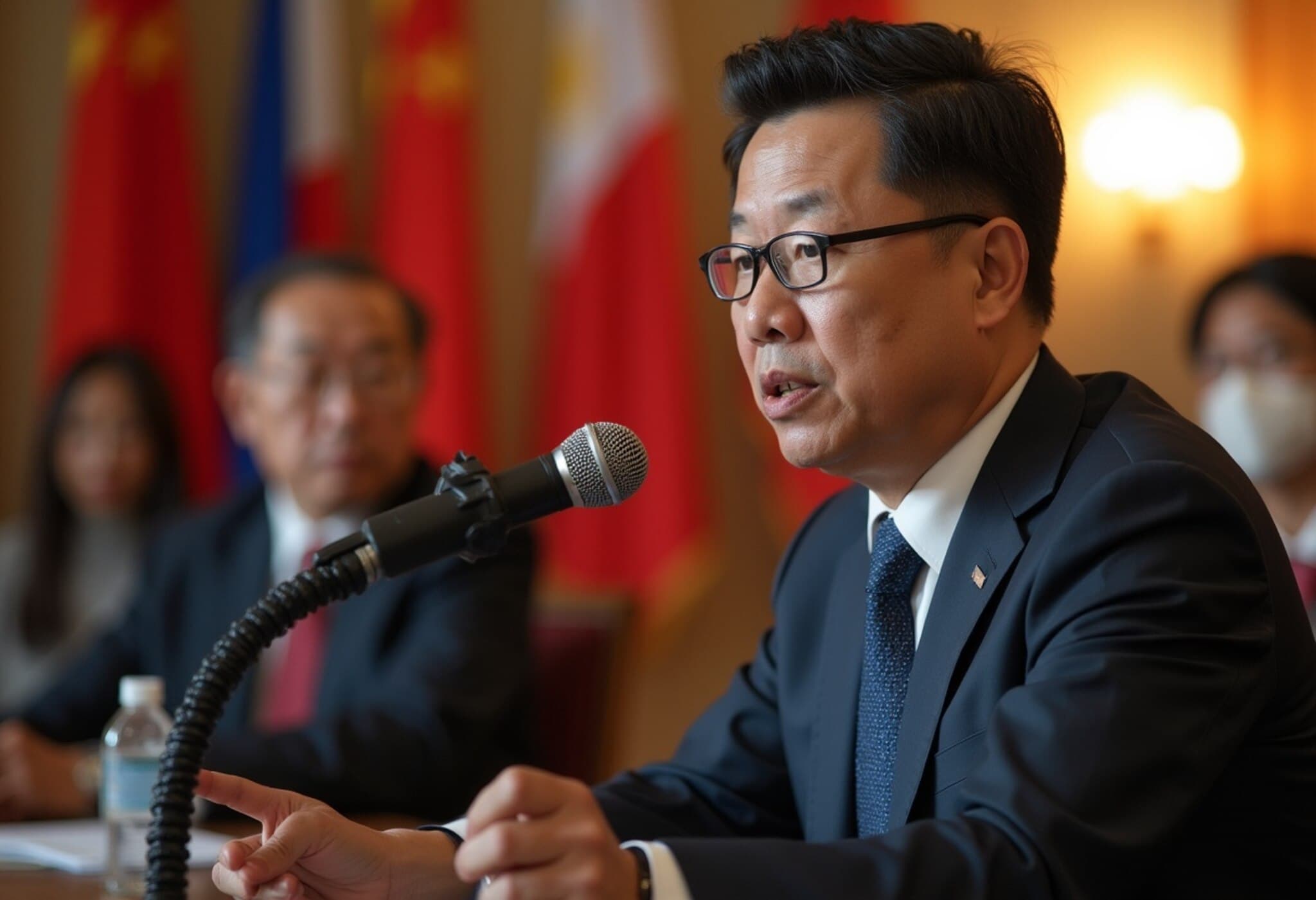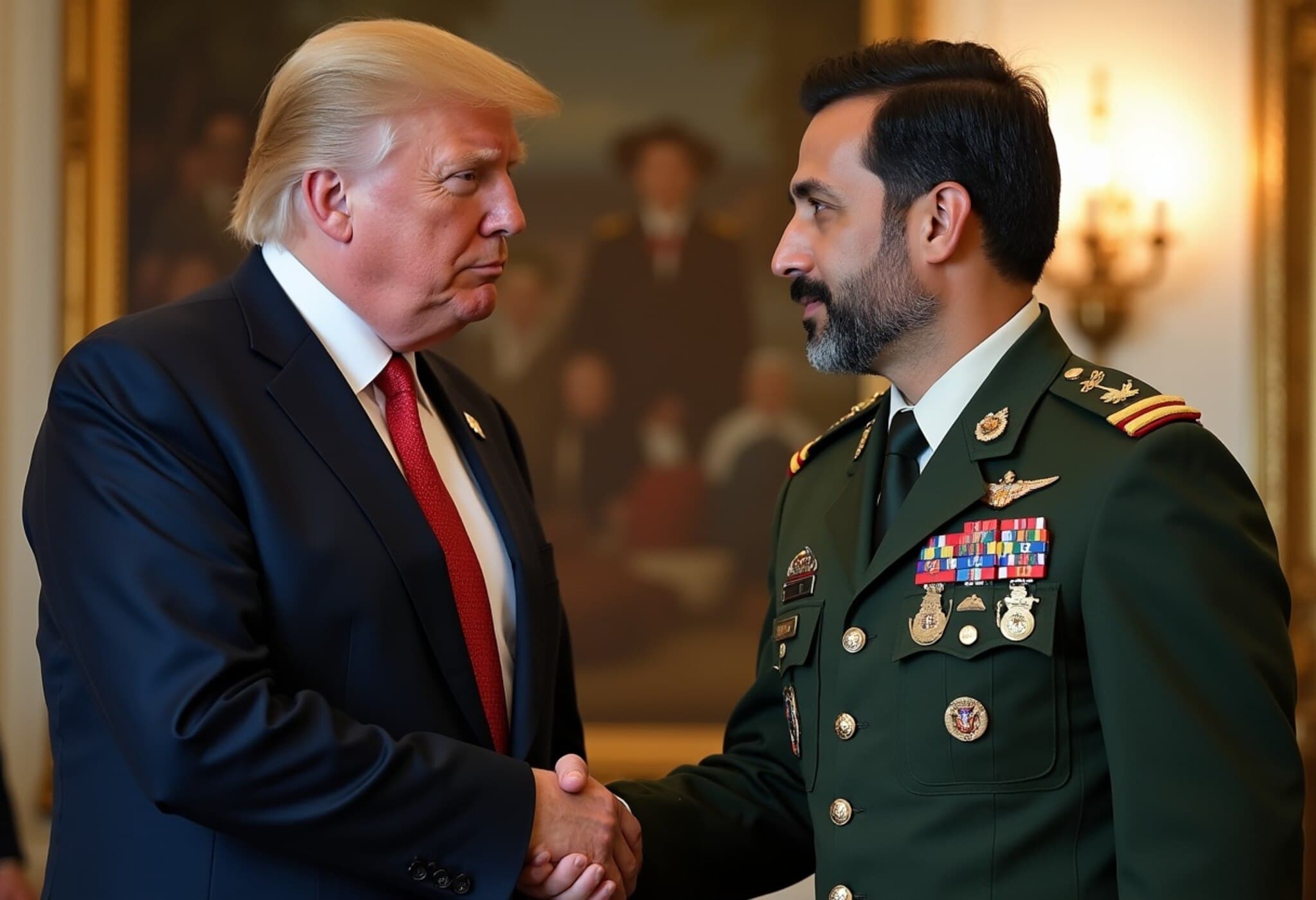China's Rising Role Amid US Global Retrenchment
As US leadership under President Donald Trump steps back from its traditional global dominance, a crucial debate is unfolding: Will China emerge as the world's new stabilizing force, or does its expanding influence herald fresh global risks?
China’s Narrative: Peaceful Ascent or Strategic Facade?
For over four decades, China highlights its rise as largely peaceful, underscoring minimal direct military conflict with neighbors like Taiwan and India. It claims restraint by avoiding foreign military engagements and maintains that the People’s Liberation Army has not caused recent battlefield casualties abroad.
However, behind this narrative, China has shared military support with nations such as Russia, Pakistan, and North Korea—countries involved in conflicts or proxy tensions—raising eyebrows internationally.
China also projects itself as a responsible global actor through humanitarian efforts, peacekeeping, and counter-piracy missions, aiming to build an image of cooperation rather than confrontation.
Turning Points Highlighting China’s Potential Stability Role
- The Ukraine War: Created expectations for China to mediate in complex global conflicts.
- Munich Security Conference: As doubts grew over US reliability, many eyes turned toward China for leadership and steadiness.
Complex Regional Dynamics
India and the Border Tensions
Relations between China and India remain complicated. The 2020 Galwan Valley clash stands out as a flashpoint, with China framing the incident as an unintended accident while India detailed deliberate provocations. Despite this friction, both countries eventually agreed to troop disengagement, signaling some de-escalation.
Moreover, India’s ascent to potentially become the world’s third-largest economy by 2030 marks it as a vital player. There is cautious optimism about future collaborations, especially around securing crucial maritime routes in the Indian Ocean, where China has also shown renewed interest.
Taiwan and South China Sea Disputes
China insists on peaceful reunification with Taiwan but warns that force remains on the table if independence efforts intensify. Despite 180 countries recognizing the One China policy, China continues to build military pressure with persistent naval and air exercises near Taiwan.
In the South China Sea, China claims extensive maritime areas, though officially it limits claims to specific rocks and islands under international maritime laws. Neighboring countries like the Philippines contest these claims. Still, joint operations, including anti-piracy exercises with India, illustrate China’s willingness to collaborate on regional security.
Expanding Influence in West Asia
China has notably increased its diplomatic and military presence in West Asia. It has played a mediating role in easing tensions between Saudi Arabia and Iran and coordinating efforts among Palestinian factions through initiatives like the Beijing Declaration.
China’s counter-piracy operations in the Indian Ocean date back to 2008. While cautious about deeper military engagements in volatile zones such as Gaza or the Red Sea, China has secured strategic port access in Yemen, Djibouti, and Pakistan’s Gwadar.
US-China Relations and the Emergence of Multipolarity
The resurgence of Trump-era protectionist policies signals perceived US global retreat, prompting China to reduce economic reliance on the US. Despite tensions, mutual interdependence suggests that cooperation may resume eventually.
The international system appears to be shifting toward multipolarity, with China and India as emerging powerhouses. China faces growing demands to help stabilize conflict-ridden regions, as exhibited by its recent diplomatic efforts in West Asia.
Still, unresolved disputes—such as Taiwan’s status, border tensions with India, and maritime claims—pose ongoing challenges and flashpoints overnight.
Future at a Crossroads: Stabilizer or Source of New Risks?
China’s trajectory presents a dual narrative. On one hand, it has refrained from aggressive military action against Taiwan, contrasting with Russia’s invasion of Ukraine, while expanding diplomatic engagement where the US has stepped back.
On the other hand, its military modernization and territorial disputes raise concerns about long-term intentions. As the global order transitions, the question remains: Will China solidify itself as a pillar of international stability or introduce unforeseen complications?

